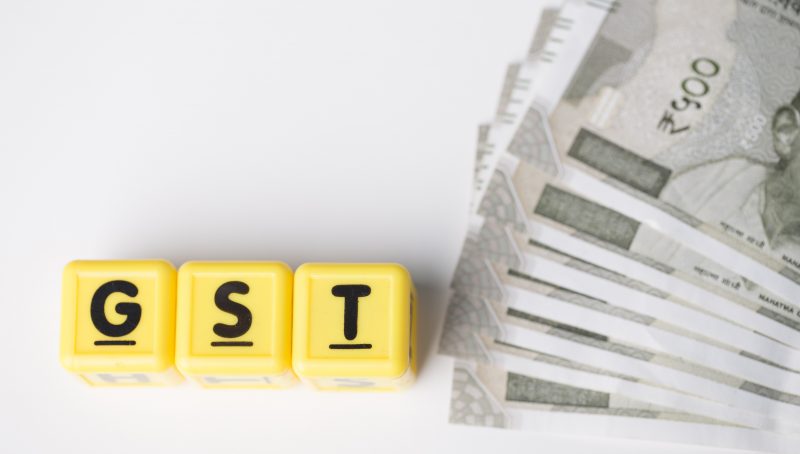The month of October has not been good for the markets over the last decade. It has seen a bearish trend in the past 11 years. However, the pattern can change this year with the pattern set by a successful September. The benchmark indices show an increase of 4%. The BSE Sensex touched 39,000, and the NSE Nifty breached 11,600 points.
On 23 August 2019, Nirmala Sitharaman, the Finance Minister of India, came up with growth boosters. She withdrew the increased surcharge on the Foreign Portfolio Investments (FPIs). Also, the angel tax was withdrawn on the startups registered with the Department for Promotion of Industry and Internal Trade (DPIIT).
The growth boosters came on the back of ailing indices which were affected by various global and domestic factors. The economic slowdown, the increased surcharge on FPIs and the super-rich, a slump in auto sales, and US-China trade war significantly impacted the Indian indices.
All these developments happened at the time when the Indian markets were touted to perform way better than they ever did. The Indian benchmark indices shot up to their record levels in May 2019 when the post-poll survey predicted the return of the BJP-led government.
The BSE Sensex touched its record level of 40,000 while the NSE Nifty breached the mark of 12,000 points. Citing favourable amendments from the newly elected government, the FPIs infused Rs 7.085 crore in the first week of June. Everything was going smooth for the markets until the Union Budget 2019-20.
Also Read: Surprise slash in the corporate tax rate spikes Sensex and Nifty
The amendments made in the Union Budget 2019-20 increased the surcharge on the super-rich and FPIs that are registered as trusts and associations. This move resulted in FPIs pulling out a net of Rs.11,743 crore from the Indian markets. The sell-off activity by the FPIs saw a steep decline in the Indian benchmark indices. Sensex shed 5% while Nifty dropped by 6%.
Adding to the woes of investors, the trade war between the US and China, and the tensions in Argentina and Hong Kong negatively impacted the Indian markets. The US-China trade war resulted in a devaluation in the Chinese yuan and caused rupee to sink to its fresh low against the US dollar.
Realising the backlash of the Budget 2019 amendments, the Finance Minister came up with a slew of measures on 23 August 2019. However, they were outpowered by the global factors initially.
Furthermore, another set of measures were announced on 20 September 2019 to improve the market sentiment. Along with favourable amendments, a rate cut by the US Federal Reserve improved the market sentiments. In a surprising move, the Finance Minister announced a cut in the corporate tax on 20 September 2019. This resulted in BSE Sensex and NSE Nifty gaining 1921.16 and 569.40 points respectively.
The BSE index advanced 1,334.54 to touch 38,667.53 points and Nifty gained 451 points to reach 11,474.45 points to mark the end of September. The BSE Sensex and NSE Nifty had fallen 6% and 7.5% respectively between June and August. The last eleven Octobers have typically seen bears running with an upper hand over bulls.
The first day of October saw BSE Sensex falling 362 points while NSE Nifty lost 114 points. However, this October is expected to see a reversal in the trend as the growth boosters are expected to weigh in on the markets. Also, the Reserve Bank of India (RBI) is expected to announce a cut in the interest rate in its October meeting.
For any clarifications/feedback on the topic, please contact the writer at vineeth.nc@cleartax.in.
Engineer by qualification, financial writer by choice. I am always open to learning new things.





